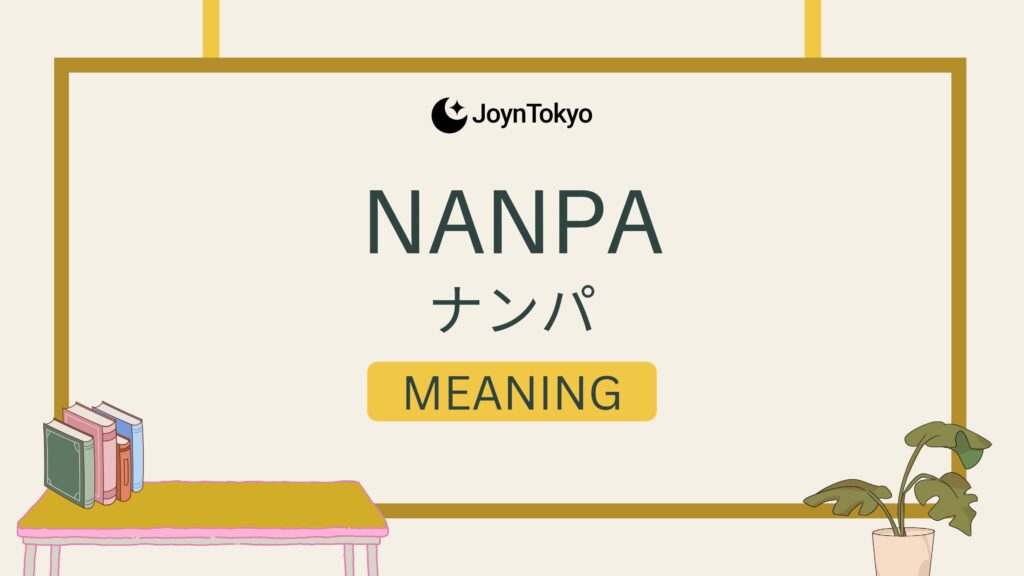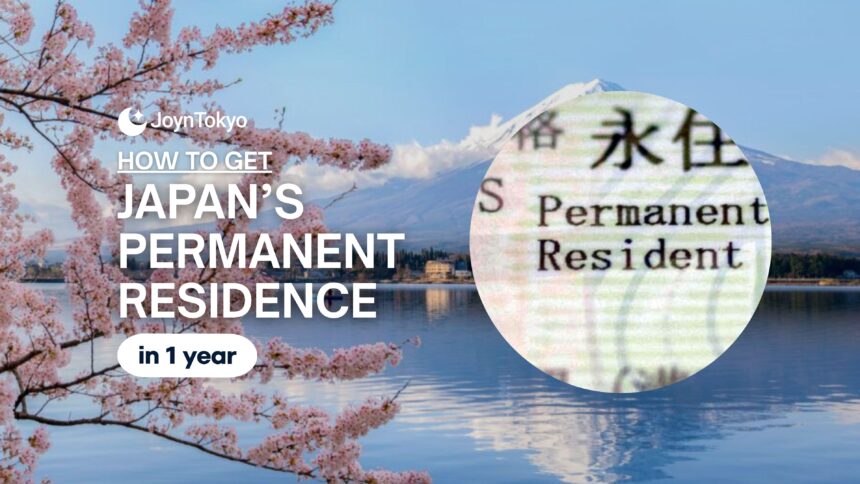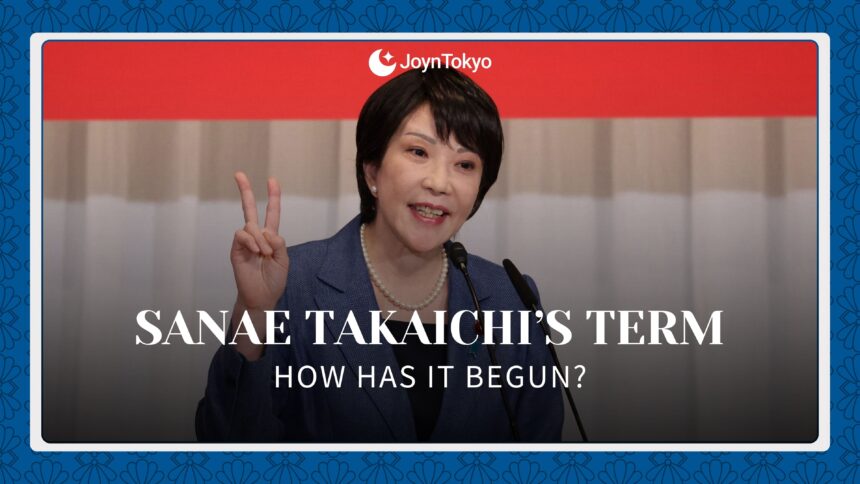Japan is often praised for its long life expectancy, but with that longevity comes a serious question: who takes care of the elderly when they can no longer live independently? As Japan’s population ages faster than any other country’s, nursing home care has become one of the nation’s most pressing social issues. Let’s look at what the system looks like today, what options are available, how much they cost, and what foreigners living in Japan should be aware of.
The State of Elderly Care in Japan
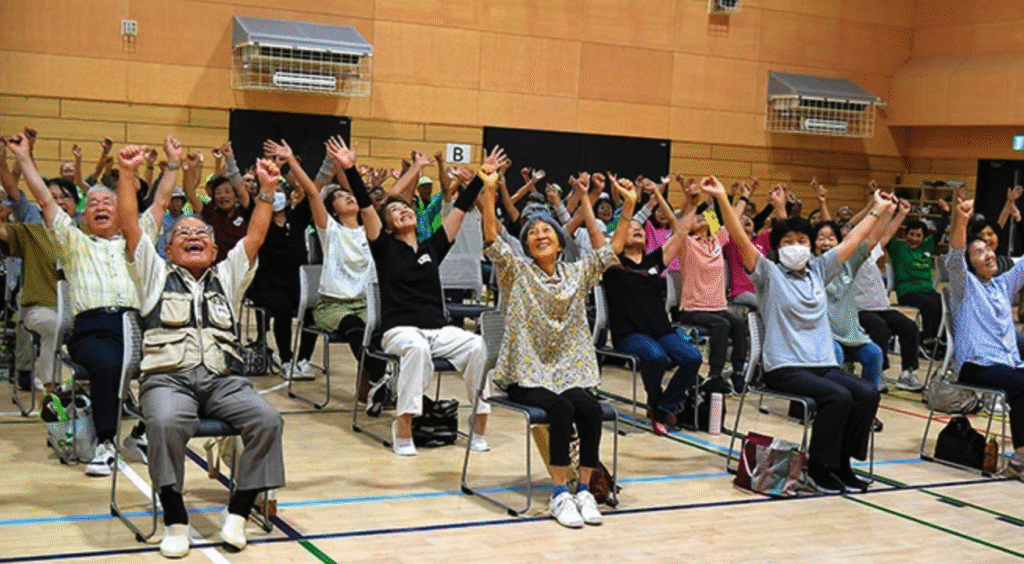
Japan is now a “super-aged society.” More than 29% of the population is over 65, and that number is still climbing. With smaller family sizes and more people living alone, the traditional system of multigenerational households — where children cared for aging parents — is slowly disappearing. In its place, a network of public, private, and hybrid nursing facilities has evolved.
The Japanese government has worked for decades to balance quality elder care with affordability. Under the Long-Term Care Insurance System (Kaigo Hoken Seido – 介護保険制度), all residents over 40 contribute through premiums. When they reach 65, they become eligible for subsidized care services, including home visits, day-care centers, and nursing homes. This system covers most Japanese citizens, but foreigners with permanent residency or long-term visas also participate and receive similar benefits after meeting the insurance requirements.
Types of Nursing Homes in Japan
Understanding the categories of facilities is key, as Japan’s system is quite structured. Each type caters to different needs and comes with its own rules and price tag.
1. Special Nursing Homes (Tokubetsu Yogo Roujin Hōmu)
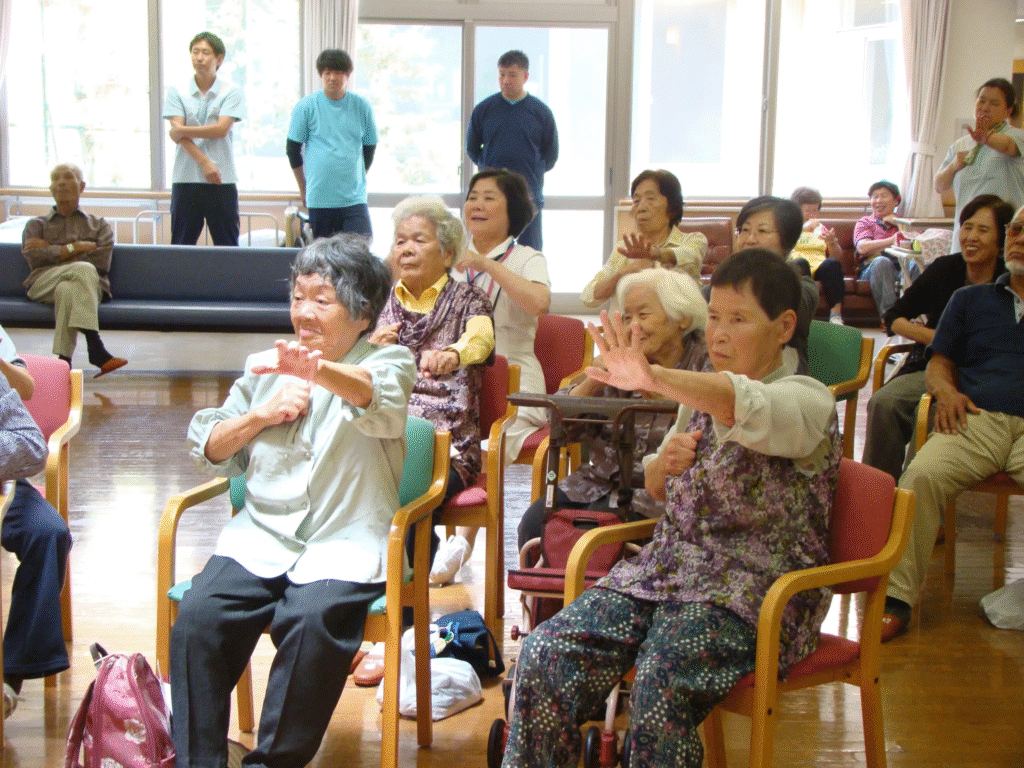
These are government-subsidized facilities designed for seniors who need continuous assistance with daily tasks such as eating, bathing, and mobility. They’re affordable but have long waiting lists, especially in major cities like Tokyo or Osaka. Monthly costs typically range between ¥80,000 and ¥150,000, depending on income and level of care.
2. Health Care Facilities for the Elderly (Roken)
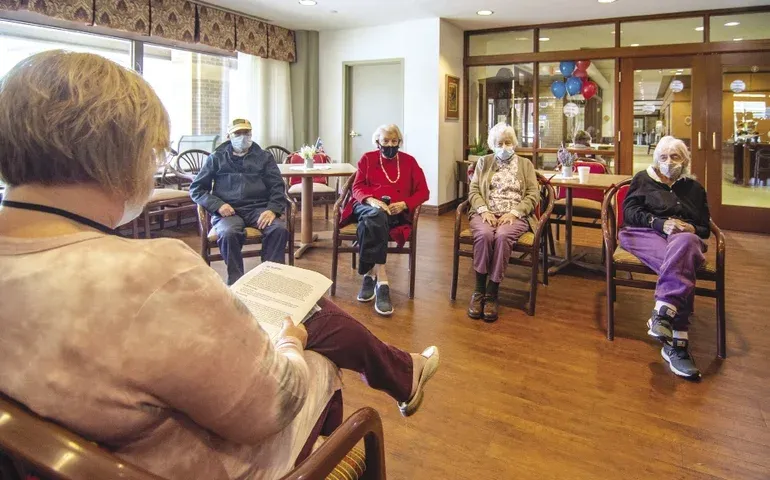
These act as a bridge between hospitals and long-term care homes. Residents receive rehabilitation and medical monitoring with the goal of eventually returning home. The average monthly cost is around ¥120,000 to ¥200,000, with insurance covering a large portion.
3. Fee-Based Nursing Homes (Yuryo Roujin Hōmu)
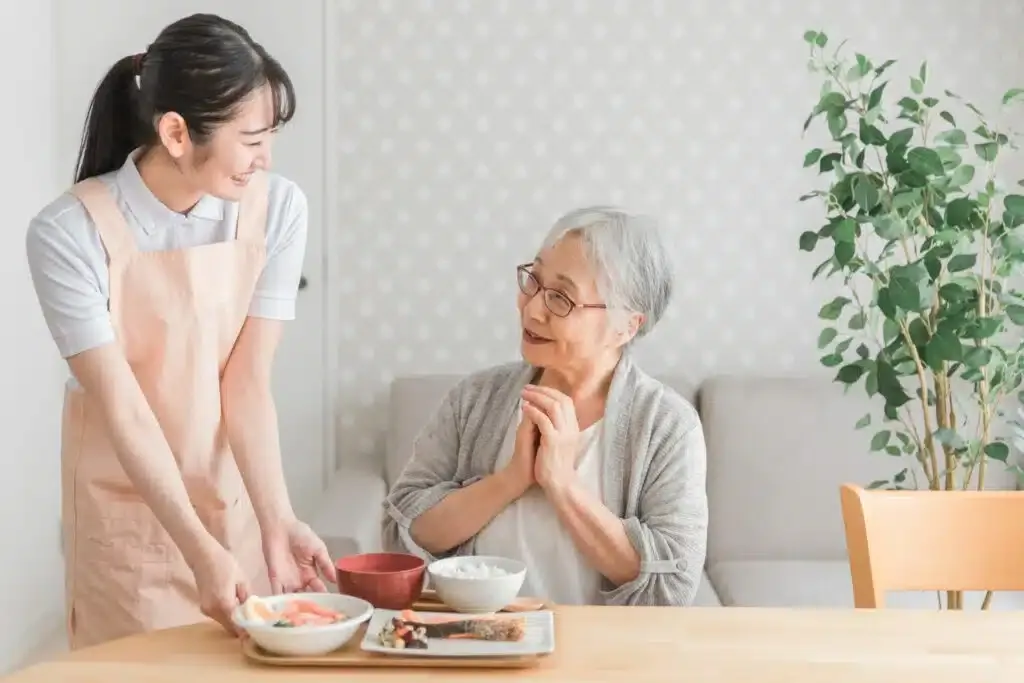
Privately run and offering hotel-like amenities, these facilities appeal to those who can afford higher comfort and personal space. Some resemble luxury retirement communities with private rooms, gourmet meals, and cultural activities. Monthly fees usually start at ¥200,000 and can exceed ¥600,000 in Tokyo.
4. Group Homes (Gurūpu Hōmu)

For elderly people with mild dementia, these small-scale community homes provide personalized attention in a family-like setting. Residents live in small groups, often 5–10 people, with shared living areas. Costs vary by region but average ¥120,000 to ¥180,000 per month.
5. Home-Visit and Day-Care Services
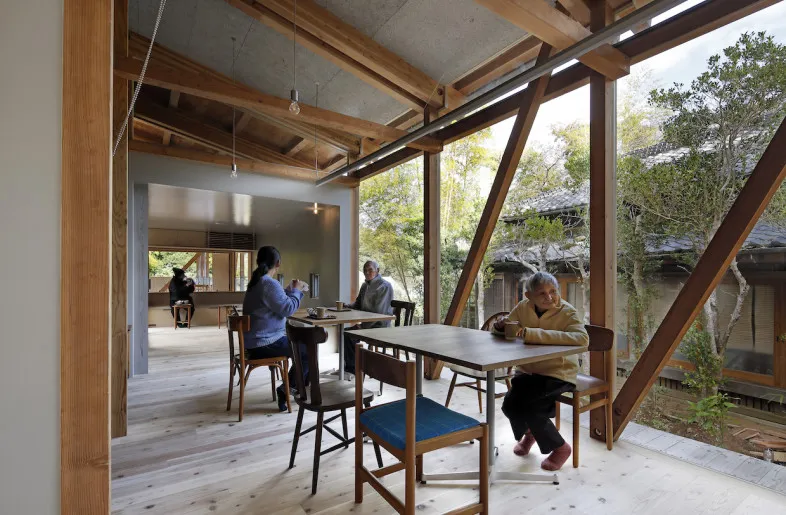
Not everyone moves into a facility. Many seniors prefer to stay in their own homes and receive part-time support, such as nurses visiting for medical care, or attending day-service centers for meals and socialization. Under the public insurance system, these services can cost as little as ¥10,000–¥30,000 per month after subsidies.
Cost Breakdown and What Insurance Covers
Japan’s Long-Term Care Insurance covers 70% to 90% of the costs, depending on income. The user pays the remaining 10–30% out-of-pocket.
For example:
- A private room in a public facility might cost ¥120,000 per month total, but the resident may only pay ¥20,000–¥40,000.
- Additional fees, such as for meals, private rooms, or special services, are usually not covered and must be paid separately.
To qualify for the insurance benefits, residents must undergo an assessment by their local municipal office to determine their “care level” (Yō kaigo-do/要介護度). This ranges from Support Level 1 (light assistance) to Care Level 5 (full nursing care). The higher the level, the more services they’re entitled to.
Challenges in Japan’s Elderly Care System

While the infrastructure is well developed, several challenges stand out:
- Staff shortages: Caregiver burnout and low pay mean many facilities struggle to find enough workers.
- Rural gaps: While big cities have more nursing homes, rural areas often face shortages or limited accessibility.
- Rising costs: As demand grows, even subsidized facilities are under pressure to raise prices.
- Cultural hesitation: Some families still see placing relatives in care homes as shameful, though attitudes are gradually changing.
What Foreigners Should Know
Foreign residents in Japan — whether retirees, long-term workers, or family members — can access nursing care if they are enrolled in Japan’s National Health Insurance and Long-Term Care Insurance system.
Here’s what to keep in mind:
- Eligibility: You must have lived in Japan and paid into the insurance system (from age 40) to qualify for subsidies.
- Language barriers: Most care staff speak only Japanese, so families often need translators or bilingual care coordinators.
- International residents: Some private facilities, particularly in Tokyo and Yokohama, cater to English-speaking residents or mixed-nationality couples.
- Short-term stays: Certain “respite care” or “trial stays” are available for foreigners visiting Japan with aging parents who need temporary assistance.
If you’re planning long-term residency or caring for an elderly relative, it’s wise to consult your ward office (kuyakusho/区役所) early. They can connect you to care managers who coordinate services, assess eligibility, and help with applications.
The Future of Nursing Home Care in Japan
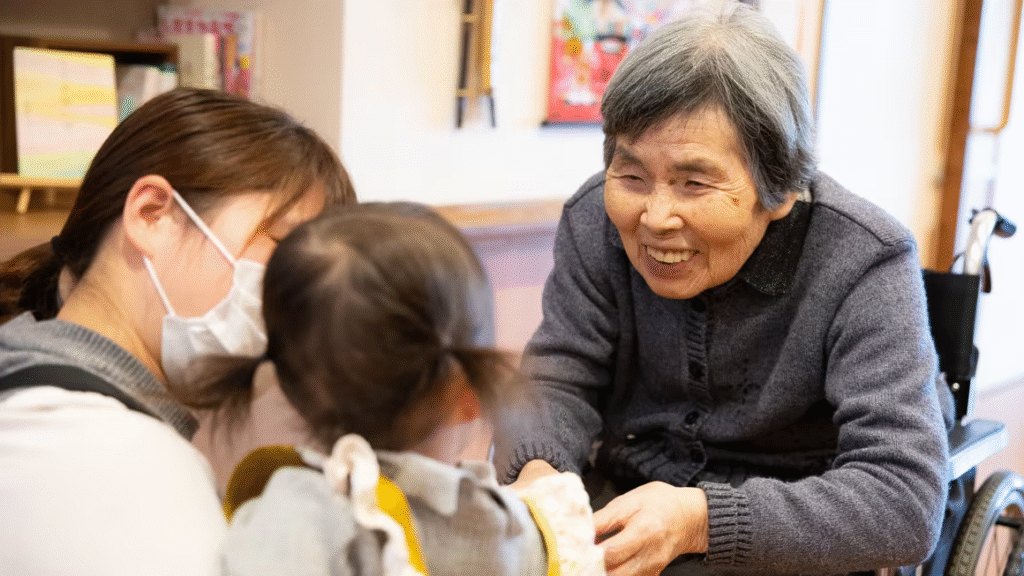
Japan’s government continues experimenting with AI-assisted care, robotic mobility aids, and smart monitoring systems to ease caregiver workloads. Some nursing homes now use robots to lift patients or track sleep and heart rate.
There’s also growing discussion around accepting more foreign caregivers through government-sponsored visa programs to fill labor gaps, a crucial change as Japan’s population continues to age.
Ultimately, Japan’s elder care system blends tradition, modern technology, and a deep respect for aging with an increasing awareness of global models. It remains a model of compassion and structure, but one that’s still learning to balance sustainability with dignity.
Final Thoughts
Aging in Japan doesn’t necessarily mean losing independence or comfort. The country’s mix of public support, diverse care options, and respect for the elderly makes it one of the most developed long-term care systems in the world.
For foreigners living in Japan — or those considering retiring here — understanding the basics of insurance, eligibility, and cultural expectations will go a long way in navigating the system smoothly. Nursing home care in Japan is not perfect, but it continues to evolve, aiming to ensure that everyone, regardless of age or nationality, can age with grace and security.



